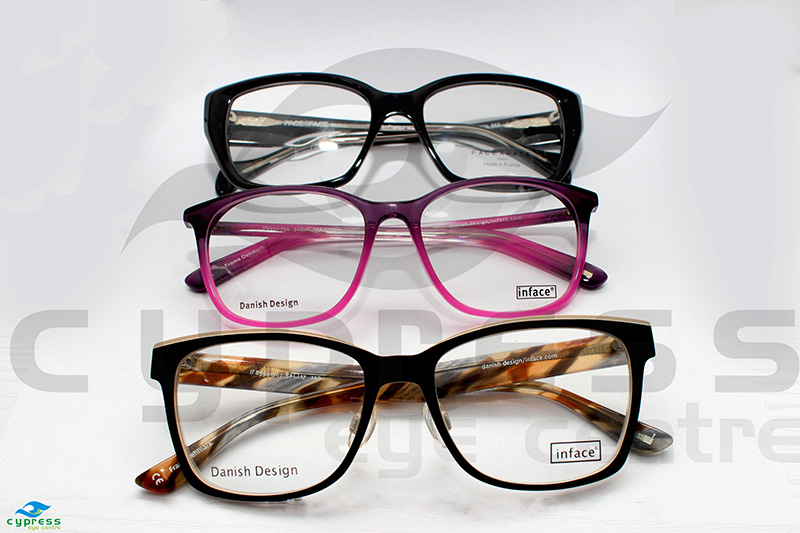Vision Correction
Clear vision plays a critical role in every aspect of your life. Fortunately today, there are vision correction options to bring life back into focus for nearly every vision problem. Whether your choice for clear vision is glasses or contact lenses, Cypress eye center can help improve your point of view with a variety of vision correction options.
Contact Lenses
The First Step:
If you are interested in wearing contact lenses, the first thing you need to do is have a complete eye exam. You must do this even if you don’t normally wear glasses, and just want contacts to change your eye color.
It’s important to realize that contact lenses are medical devices designed specifically for your eye and need to be properly fitted by an eye care practitioner.
A contact lens exam can tell if you’re one of the few who can’t use contact lenses and your doctor will be able to discuss the lens options that would work best to correct your vision.
How Contact Lenses Work:
Contact lenses are delicately crafted, very thin optical discs generally smaller than a dime, worn directly on the eye. They are comfortably held in place by a natural layer of tears present between the contact lens and the cornea.
Contacts eliminate the barriers encountered with eyeglasses that interfere with the line of sight above, below and to the sides of the eye. Contacts restore peripheral vision and can reduce or eliminate the image distortion sometimes caused by eyeglasses.

Prescription eye wear/glasses
We offer products for both prescription and regular lenses. Our range of products includes:
- Designer frames
- Children’s frames
- Sports glasses and goggles
- Sunglasses
- Progressive lenses (no-line muitfocals)
- Scratch-resistant lens coatings
- Anti-reflective coatings
- Polycarbonate lenses
- Computer glasses
- Transitional lenses
- Lighter, thinner lenses
- Eyeglass cases
- Eyeglass chains/ropes
- Clip-on sun shades
- Lens cleaner…and lots more.
Contact Lens Options
There are several types of contact lens options for correcting all of the most common vision problems:
Rigid or “Hard” Lenses:
These are made of a type of plastic called PMMA (polymethyl methacrylate) and are very durable, but the least comfortable lens and are therefore not are popular as newer lens styles.
Gas-permeable Lenses:
Also known as “RGPs,” these are newer rigid or “hard” lenses made of plastics combined with other materials, such as silicone and fluoropolymers, which allow oxygen in the air to pass directly through the lens.
Soft Lenses:
These lenses are made of plastic materials that incorporate water. The water makes them soft and flexible, as well as allowing oxygen to reach the cornea.
Disposable Lenses:
These are the most common type of lens and are worn for a specific period of time, then thrown out and replaced with fresh lenses.
Extended Wear Lenses:
Disposable lenses that can safely be worn for longer periods of times, usually one to several days.
Toric Lenses:
Designed specifically to correct vision and astigmatism.
Bifocal Lenses:
Provide good vision to people who have problems seeing at near distances.
Multifocal Lenses:
Has a range of prescription powers within each lens, correcting distance at near, far and in between distances.
Monovision:
wearing a contact lens on one eye to correct your distance vision and a contact lens on your other eye to correct your near vision.
Orthokeratology Lenses:
Often referred to as ortho-k, these are special contact lenses worn during sleep to reshape the surface of your eye, so you can see clearly even after you remove the lenses. The effect is temporary, and lenses must be worn each night to maintain the effect.
Colored Lenses:
Available with or without a prescription, these lenses give your eyes a subtle or dramatic change. Colored contact lenses come in three options: visibility tints, enhancement tints, and opaque color tints.
